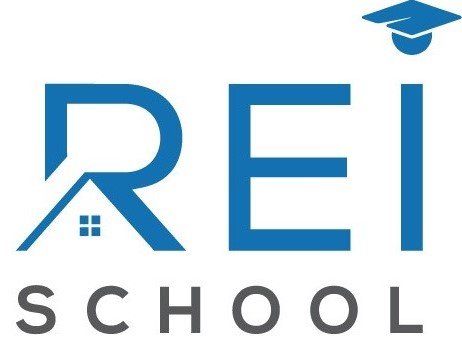September 29, 2025 | 3 Minute Read
My business partner, Jeff Shadrick, has been with me for over a decade, and in a word… he’s brilliant. Not only has our partnership been profitable, but he constantly pushes me to think differently about financing, rental portfolios and pursuing new acquisitions.

After nearly 25 years of investing, I thought I’d seen it all. That kind of hubris can trip up even the most experienced investors. It’s easy to stay in your lane, stick to routine and predictability, and miss out on opportunities.
But in this business, if you don’t grow and thrive, you die.
Jeff brings two skillsets to the table that have been absolutely invaluable.
First: he’s a licensed general contractor with over 30 years of construction experience. (Yes, he’s old—but not as old as me.) He oversees all our projects, manages subs, and keeps the assembly line of properties running smoothly before, during, and after renovations.
Second: Jeff spent more than 10 years in investment banking before going full-time into real estate. He knows how to negotiate, structure deals, and—what I always tell him—“speak bank.” Lenders have their own way of communicating, and Jeff gets it. He knows how to present financials, position deals, and build trust with bankers. Without him, I’d probably still be wholesaling with a couple rentals instead of building the portfolios we have today.
So why am I praising Jeff now? Because last week was pivotal. We’re preparing to refinance one of our multifamily projects, planning two large developments for next year, and figuring out how to keep acquiring inventory now that rates have dropped.
Here’s my challenge: we need to add 2–3 properties to our portfolio every month. But prices are still inflated, and many sellers want near-appraised value for properties that need significant capex repairs. I get it—everyone wants top dollar—but some of these listings are borderline absurd. I see distressed properties marketed at 80–85% ARV, as if every investor is buying cash and parking capital indefinitely without refinancing options. They pitch ROI and cap rates but ignore basic metrics like the 1% rule.
Rant over. Let’s get back to strategy.
In our last strategy meeting, Jeff and I looked at one of our portfolios with 17 properties. After running comps, we determine the portfolio has an ARV of $2.5M. Our current loan balance is $1.478M, leaving us with roughly $1M in equity.
We can sure use this equity to reinvest and buy more properties. The usual approach is to simply refinance the note and unlock that equity. At 75% LTV, that would give us a new loan of $1.875M. Our gross cash out is $397,000. After expenses, we would net an estimated $350,000.
But here’s the issue—we’re sitting on a 4.5% rate with 2.5 years left on a 5/1 ARM. Refinancing into today’s 6.75% would slash our cash flow quite a bit.
So, how do we tap the equity while keeping our existing loan in place?
Here’s the framework:
Line of Credit on Portfolio Equity – We’re working with local banks to establish a line of credit backed by our $1M equity. For example, we could pull $125,000 to fund the purchase and rehab of a property at 8% interest. The bank would hold a second note behind this current portfolio loan. The first position lien with the bank does not forbid a subordinate note.
BRRRR Strategy – Once the property is stabilized and refinanced, the funds return, and the bank releases the lied on the second note. Wash, rinse and repeat.
Lower Cost of Capital – At 8% interest-only, it’s still far cheaper than the 10.5% we’re currently paying in hard money or additional closing costs. And the biggest advantage? No more using hard money lenders for bridge loans. Nice!
We’re in the early stages of submitting our financials, and if all goes well, the LOC should be in place within 30 days. I’ll keep you posted.
As for finding these properties, its’ probably going to be a mixture using my personal network and the MLS. There are still deals to be found on the MLS (we picked up two a few weeks ago) but they do take more work. Through my personal network, we are looking at an off market portfolio of 81 doors and another one for 8 doors from out of state investors.
What do you think? If you have a portfolio of properties or several with equity, you should seriously consider this approach. It could be a game-changer.
